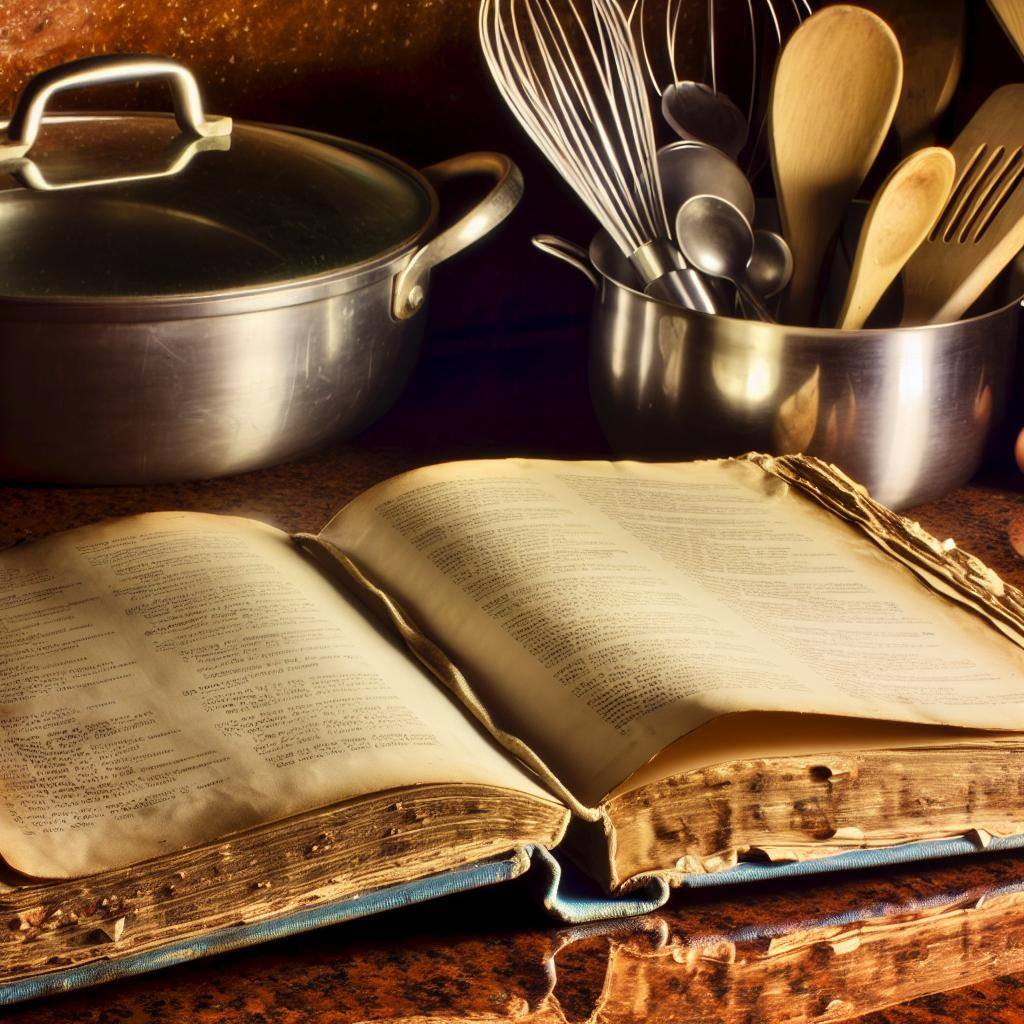Building Your Culinary Foundation: Essential Kitchen Tools and Ingredients
Every great home cook knows that the key to culinary success starts with a well-equipped kitchen. Essential tools like a sharp chef's knife, sturdy cutting boards, and a set of reliable pots and pans form the backbone of kitchen equipment. But it's not just about hardware; a pantry stocked with quality spices, oils, and vinegar sets the stage for flavor-packed dishes. By understanding which tools and ingredients to invest in, you can tackle any recipe with confidence and ease.
Furthermore, having a variety of grains, pasta, and canned goods at your disposal ensures that you can whip up a meal even when the fridge is looking sparse. Learning to store and maintain your tools and ingredients is just as important, ensuring longevity and peak performance during cooking.
Mastering the Five Mother Sauces: A Gateway to French Cuisine
The five mother sauces – béchamel, velouté, espagnole, hollandaise, and tomato – are the foundation of classical French cuisine and a stepping stone to a myriad of delectable dishes. Mastering these sauces involves understanding the basic techniques of roux-making, emulsification, and reduction. With these skills, you can create a plethora of variations that can transform a simple dish into a gourmet experience.
Experimentation is key; once you're comfortable with the basics, try adding different herbs, spices, or infusions to personalize your sauces. Remember, the mother sauces are more than just recipes; they're a concept that invites creativity and adaptation.
The Art of Perfecting Proteins: Techniques for Meat, Poultry, and Fish
Protein is often the centerpiece of a meal, and mastering its preparation is crucial for any aspiring home chef. Whether it's achieving the perfect sear on a steak, roasting a chicken to golden perfection, or grilling fish without it sticking to the bars, each protein requires its own approach. Learn how to judge doneness not just by time, but by touch and temperature as well.
Understanding the different cuts of meat and their appropriate cooking methods can elevate your dishes from good to exceptional. Don't shy away from techniques like brining or marinating, which can infuse your proteins with flavor and tenderness, or from trying out low and slow cooking methods like braising, which can turn tougher cuts into succulent meals.
Vegetables and Sides: Bringing Balance and Flavor to Your Plate
Vegetables and sides should never be an afterthought; they bring balance, nutrition, and a burst of color to your plate. Mastering a variety of cooking techniques, from steaming and sautéing to roasting and grilling, can bring out the natural flavors and textures of vegetables, making them just as appealing as the main course.
Embrace the seasons by choosing fresh, local produce to ensure the best taste and nutritional value. Experiment with herbs and spices to complement the natural flavors of the vegetables. Remember, great sides can elevate a meal and round out your culinary repertoire.
Baking Basics: From Bread to Pastries - A Beginner's Guide
Baking is both an art and a science, demanding precision and a certain level of creativity. Starting with the basics of bread-making, you'll learn the importance of yeast fermentation, gluten development, and proper kneading techniques. As you progress, the world of pastries awaits, from flaky pie crusts to delicate puff pastries.
Understanding the roles of different ingredients and the importance of measurements can make the difference between a baking disaster and a masterpiece. With practice, you'll start to appreciate the nuances of baking and the joy of sharing your freshly baked treats with others.



.jpg)






.jpg)



0 Comments